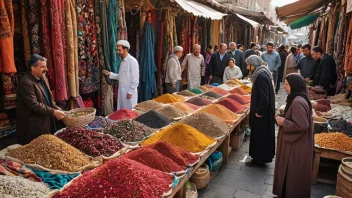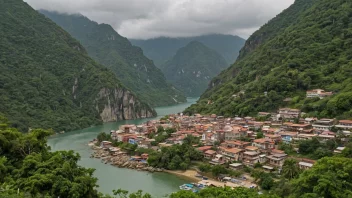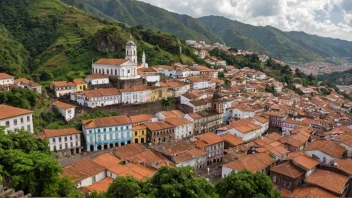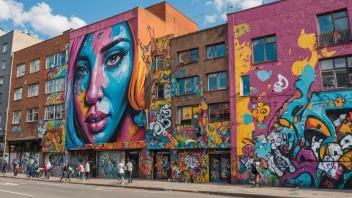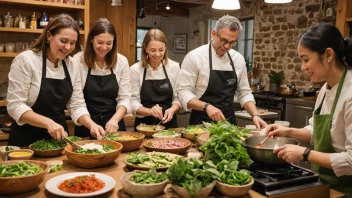Introduction
In this article, readers will discover the profound influence of the Renaissance on contemporary European culture. The Renaissance, a period of renewed interest in art, science, and literature that began in the 14th century, has left an indelible mark on various aspects of modern life. From art and architecture to philosophy and education, this guide will walk you through the key elements of the Renaissance that continue to shape European culture today.
Step 1: Understanding the Renaissance
The Renaissance, literally meaning "rebirth," was a cultural movement that originated in Italy and spread across Europe. It marked the transition from the Middle Ages to modernity, emphasizing humanism, scientific inquiry, and artistic expression.
- Timeframe: Approximately 14th to 17th century.
- Key Characteristics: A focus on classical texts, the human experience, and individualism.
Step 2: The Influence on Art
Renaissance art has profoundly influenced modern artistic expression. Renowned artists like Leonardo da Vinci, Michelangelo, and Raphael revolutionized techniques such as perspective and proportion, which are still taught today.
- Key Contributions:
- The use of light and shadow (chiaroscuro).
- Realistic human figures and landscapes.
- Innovative use of color and composition.
Step 3: Architectural Developments
The architectural styles that emerged during the Renaissance have left a lasting legacy. The use of columns, domes, and arches can be seen in many contemporary buildings.
- Key Examples:
- The Florence Cathedral (Duomo) - a masterpiece of Renaissance architecture.
- The Palace of Versailles - showcasing the grandeur of Renaissance-inspired design.
Step 4: The Role of Science and Philosophy
The Renaissance was a time of significant scientific discovery and philosophical thought. Thinkers like Galileo and Copernicus challenged existing beliefs, paving the way for modern science.
- Key Developments:
- The Scientific Method - a systematic approach to inquiry.
- Humanism - a belief in the potential and value of human beings.
Step 5: Impact on Literature and Language
Literature flourished during the Renaissance, with writers like Shakespeare and Dante shaping the English and Italian languages, respectively. Their works continue to influence modern literature and theater.
- Key Influences:
- The exploration of human emotions and experiences.
- The use of vernacular languages instead of Latin.
Step 6: Education and Cultural Institutions
The Renaissance led to the establishment of universities and educational institutions that emphasized the study of the humanities and sciences, which are foundational to modern education.
- Key Contributions:
- The creation of liberal arts education.
- The promotion of critical thinking and intellectual inquiry.
Step 7: Recognizing the Renaissance in Modern Culture
The influence of the Renaissance can be seen in various aspects of modern European culture, including festivals, art exhibitions, and architecture. Many cities celebrate their Renaissance heritage through cultural events.
- Examples of Modern Celebrations:
- Florence's annual Renaissance Festival.
- The Venice Biennale, showcasing contemporary art inspired by Renaissance principles.
Summary and Final Advice
In summary, the Renaissance has significantly shaped modern European culture through its contributions to art, architecture, science, literature, and education. To fully appreciate this impact, consider visiting historical sites, attending cultural events, or exploring museums that feature Renaissance works. Engaging with this rich history will deepen your understanding of the cultural foundations that continue to influence Europe today.

